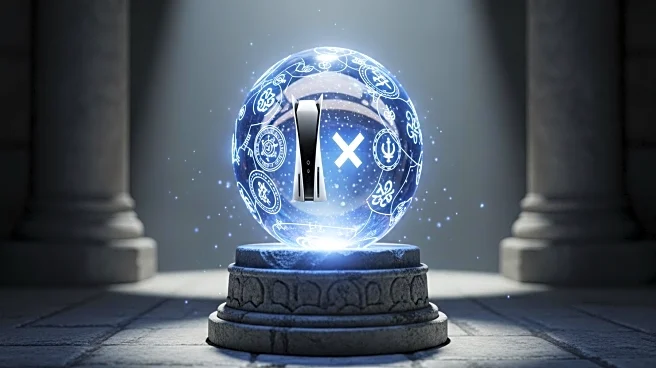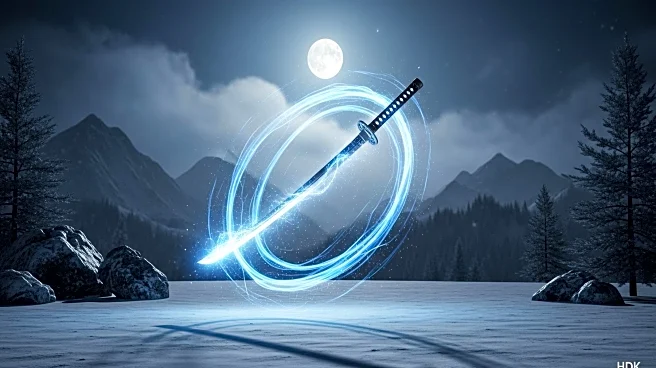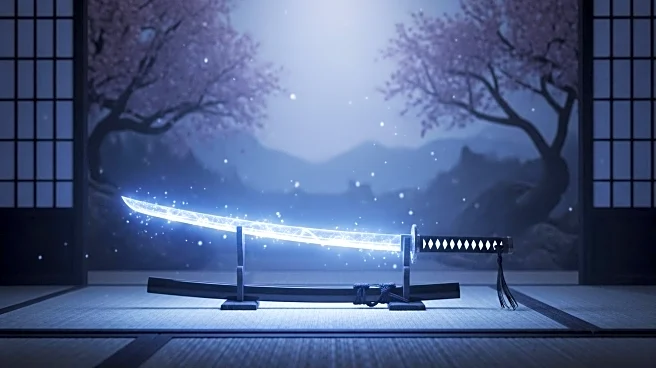What is the story about?
What's Happening?
Sucker Punch has released its latest game, Ghost of Yotei, a sequel set hundreds of years after Ghost of Tsushima. The game introduces a side quest titled 'The Storm Blade,' which connects the new protagonist, Atsu, to the previous game's hero, Jin Sakai. In this quest, Atsu discovers Jin's sword in a cave, only for it to be stolen by enemies, prompting a pursuit. The quest reveals Jin's final resting place and his transformation into the first Shinobi, providing closure to fans of the original game. Ghost of Yotei is now available on PlayStation 5.
Why It's Important?
The release of Ghost of Yotei is significant as it continues the narrative of Ghost of Tsushima, a critically acclaimed game that captivated players with its open-world samurai adventure. By tying the new game to its predecessor, Sucker Punch offers fans a deeper understanding of Jin Sakai's legacy and enriches the lore of the series. This sequel not only expands the story but also showcases the studio's commitment to creating immersive and interconnected gaming experiences, which could influence future game development strategies.
What's Next?
As Ghost of Yotei gains traction among players, Sucker Punch may explore further expansions or sequels that delve deeper into the world established by Ghost of Tsushima. The game's reception will likely guide the studio's future projects, potentially leading to more interconnected narratives or spin-offs. Additionally, fan feedback could influence updates or additional content, enhancing the game's longevity and engagement.
Beyond the Headlines
The quest in Ghost of Yotei highlights the cultural and historical significance of samurai and Shinobi in Japanese history, offering players a glimpse into the evolution of these iconic figures. This narrative choice reflects a broader trend in gaming where historical and cultural elements are woven into gameplay, enriching the player's experience and fostering a deeper appreciation for diverse storytelling.
AI Generated Content
Do you find this article useful?













